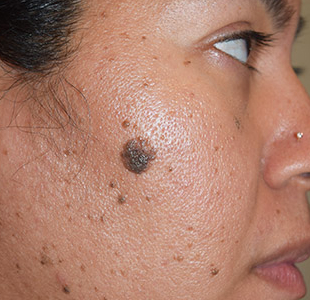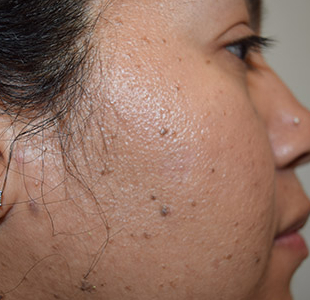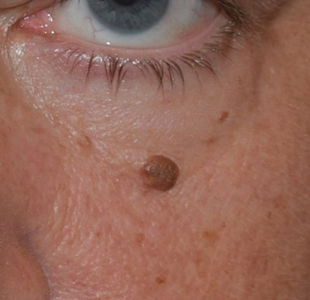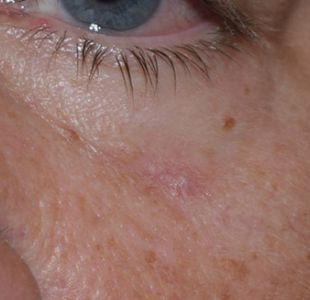Mole Removal
Most people have moles. According to the American Academy of Dermatology, the average person has 10-40 moles.
Though these skin growths are usually harmless, many people don’t like the way they look, especially if they are large, unsightly, or conspicuously located on the face.
Board-certified plastic surgeon Dr. David Rapaport and his team have the expertise in both aesthetics and skin cancer to evaluate and remove moles. He can remove a mole for cosmetic reasons or help you identify if it is potentially cancerous.
*Individual results may vary.
Learn More About Mole Removal
Take the Next Step
Every patient’s transformation journey at Rapaport Plastic Surgery begins with a detailed consultation with Dr. Rapaport. To learn more about mole removal and determine if it’s the right choice for you, fill out the form below or call us at (212) 249-9955 to schedule an appointment. Our team is dedicated to providing the best plastic surgery NYC has to offer.
Ready to book a consultation or treatment? Just click the Book Now button below to schedule online.




